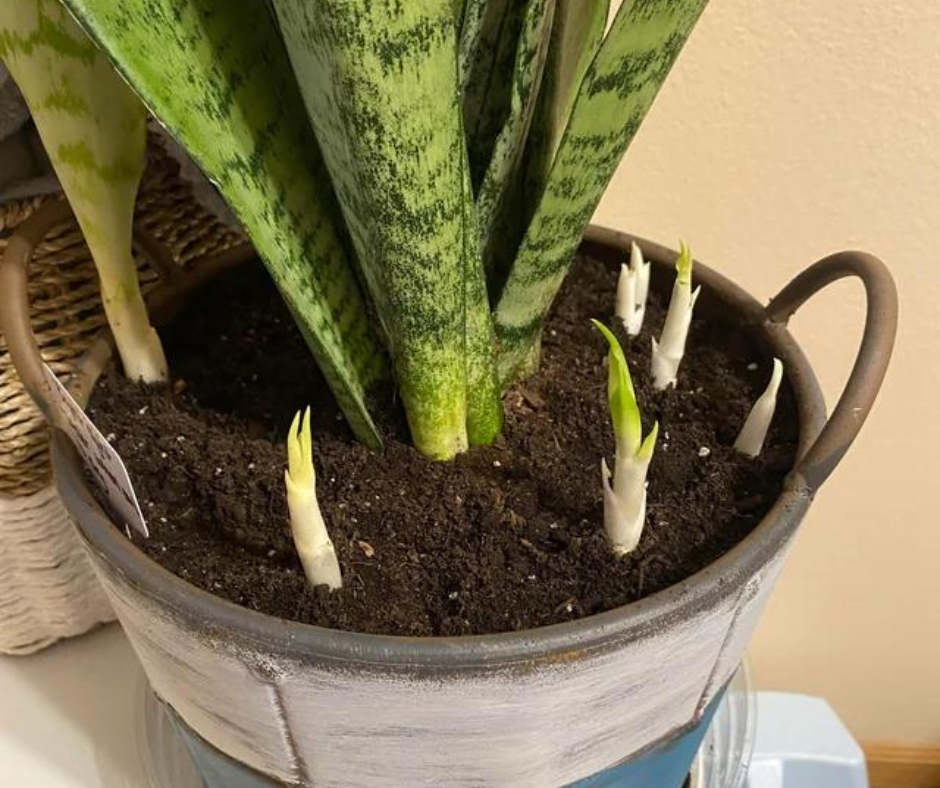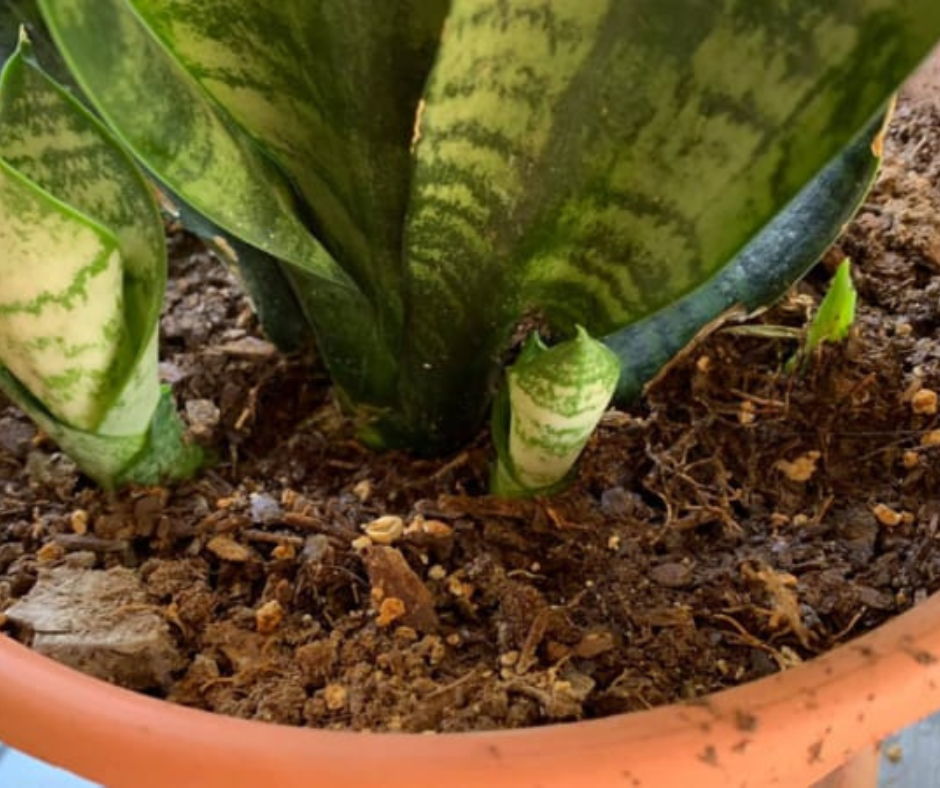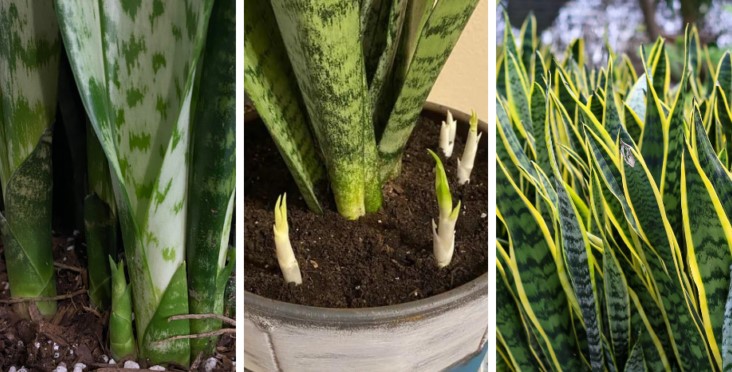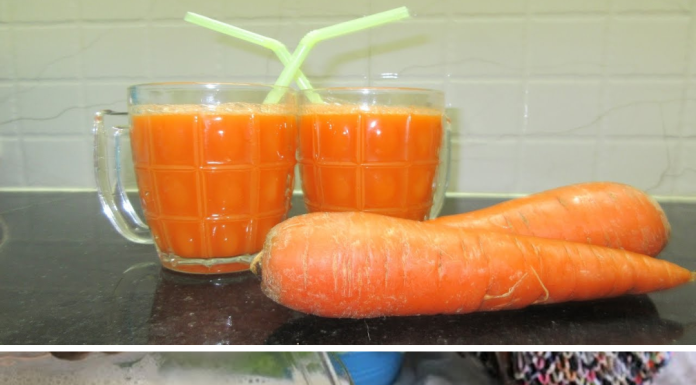With the right care and propagation techniques, you can enjoy a thriving collection of Sansevierias that will bring beauty and air-purifying benefits to your home for years to come.
The snake plant, also known as Sansevieria or mother-in-law’s tongue, is a popular houseplant prized for its hardy nature and air-purifying properties.
One of the most exciting aspects of owning snake plants is their ability to produce pups, or baby plants, which can be separated and grown into new, thriving plants.
This propagation technique allows you to expand your snake plant collection and share these attractive, low-maintenance houseplants with friends and family.
In this article, we will explore how to encourage your snake plant to produce pups for unlimited Sansevierias.
 Understanding Snake Plant Pups
Understanding Snake Plant Pups
Pups are the miniature versions of mature snake plants that develop at the base of the main plant. They share the same growth patterns, care requirements, and distinctive characteristics as their parent plants.
By encouraging your snake plant to produce pups, you can create an ever-expanding collection of these lovely and beneficial houseplants.
 Steps to Force a Snake Plant to Produce Pups
Steps to Force a Snake Plant to Produce Pups
- Select a Mature Snake Plant: To encourage pup production, choose a mature snake plant that has been growing for several years. A well-established parent plant is more likely to produce healthy offspring.
- Choose the Right Time: The best time to propagate snake plant pups is during the growing season, which typically occurs in spring and summer. This is when the plant is most active and responsive to propagation efforts.
- Prepare a Healthy Parent Plant: Ensure your snake plant is in optimal condition by providing it with appropriate care. This includes proper lighting (indirect sunlight), well-draining soil, and a suitable pot.
- Monitor Soil Moisture: Allow the soil to partially dry out between watering. Overwatering can lead to root rot and may discourage the production of pups.
- Repot the Parent Plant (Optional): If your snake plant has become root-bound or overcrowded, consider repotting it. This process can encourage pup development by providing the parent plant with additional space to grow.
- Divide the Parent Plant: If your snake plant has outgrown its pot, carefully divide it into multiple smaller plants. Use a clean, sharp knife to cut the rhizomes (underground stems) into smaller sections, each with at least one healthy leaf and root system.
- Plant Separated Pups: Repot each divided section into separate containers, ensuring they are planted at the same depth they were originally. Use well-draining potting soil suitable for succulents.
- Provide Adequate Care: Continue to care for the parent plant and its newly separated pups with the same light, water, and temperature conditions. Adequate care will promote healthy growth and the development of more pups.
- Be Patient: It may take some time for the pups to grow into mature plants, but with patience and proper care, your snake plant collection will expand over time.

Forcing your snake plant to produce pups is a rewarding and sustainable way to grow an unlimited supply of these striking, low-maintenance houseplants.
With the right care and propagation techniques, you can enjoy a thriving collection of Sansevierias that will bring beauty and air-purifying benefits to your home for years to come.
Whether you’re a seasoned gardener or a novice, propagating snake plant pups is an exciting and accessible endeavor that allows you to share the beauty of these timeless houseplants with others.










